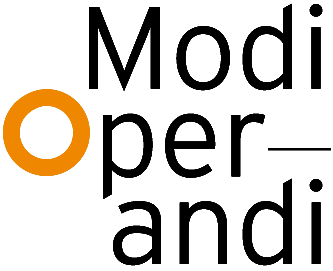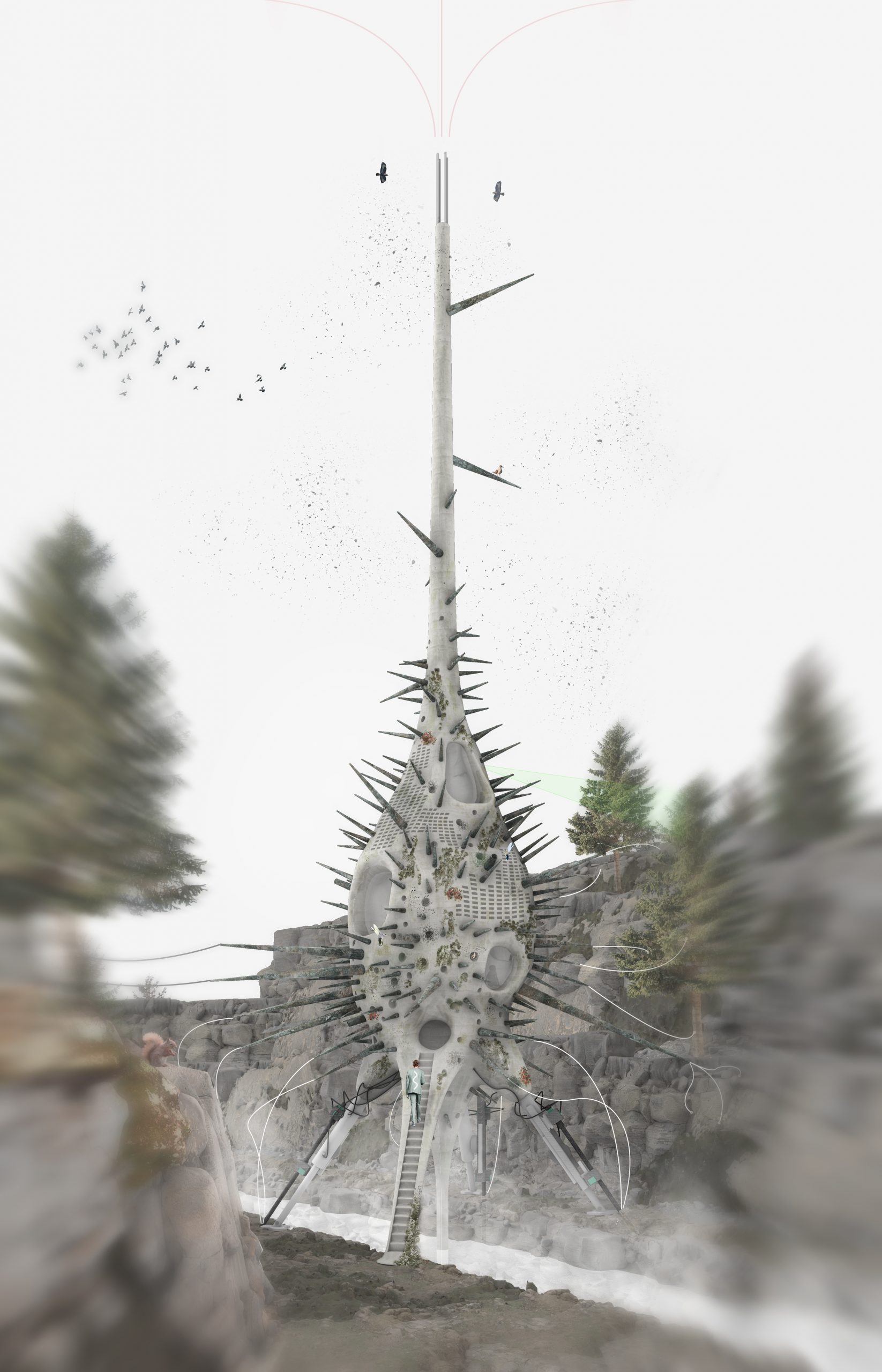ABSTRACT
The Critical Zone Sensor is part of the Borders & Territories graduation studio ‘Emergent Border Conditions in Eurasia’ which focuses on experimental architecture in socio-political contexts. The site of the studio is the former capital of Kazakhstan, Almaty. The project deals with the territory as a sensing device, the Critical Zone and the architectural project as sensory extension of the human body.
Our contemporary world is filled with sensors, from weather stations to infrasound facilities and seismic monitoring stations. These sensors constitute a specific spatial and architectural reality in the Critical Zone and introduce the idea of the territory as a sensing device. The Critical Zone is a thin layer of several hundred meters thick above and below the surface of our planet in which human activity has a significant impact on Earth’s geology and ecosystems. This generates the program of the project; A Critical Zone Sensor. The project distributes the sensing devices used to research the Critical Zone and aims to integrate the multiple disciplines of Critical Zone Science such as geology, hydrology and ecology to understand the Critical Zone as one heterogeneous and complex system.
The chosen site is Almaty’s most Critical Zone. The site is characterized by natural hazards such as earthquakes, landslides and mudflows. The project aims to have little implication on the Critical Zone. It responds to the natural hazards with its flexible legs and distributes its sensing devices on the site. With its energy intensive program, the project aims to be self sufficient and work with a performative shell inspired by biomimicry. This shell is developed through several philosophical concepts such as Duchamp’s Bachelor Machines, Deleuze & Guattari’s Desiring machines and the Body without Organs. This results in a folded shell which encapsulate the inhabitants and connect them to the environment through sensing spikes.
The project speculates on an intimate relationship between the human body and technology and sees the architectural project as a sensory extension of the human body. The sensed environment is perceived as an intimate bodily experience through hearing, pain, sexual pleasure, designer drugs, taste etc. The project is made for the sensor and treats the human as a guest resulting in a continuous spatial complexity and an intimate habitation of squeezing, folding and crawling. The shell is 3D printed with a magnesium based composite and together with the cavities on the shell, the porous and highly corrosive material generates a symbiosis between the project and the Critical Zone.

